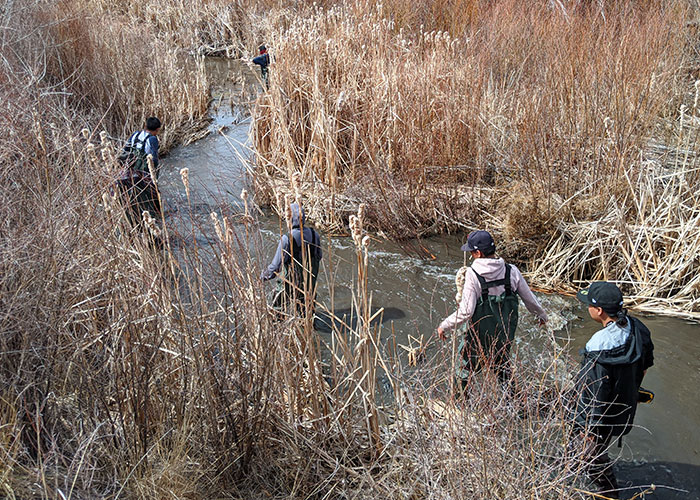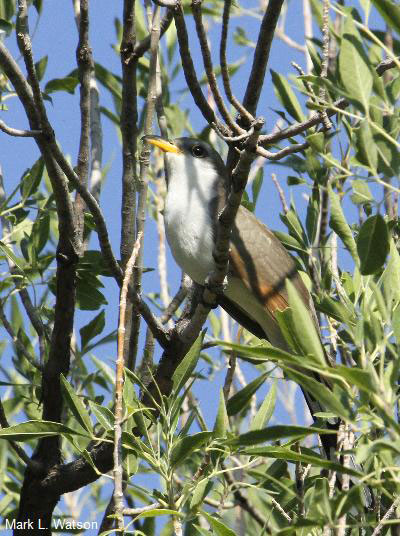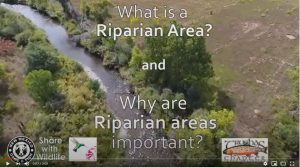Following is a selected project highlight from the Share with Wildlife mission to assist all New Mexico wildlife in need, no matter what species.
Engaging Students in Studying Wildlife in the Face of COVID-19

Santa Fe Indian School students on field trip in March 2020. (Rich Schrader)
How many different animals can you find in your backyard or neighborhood? What is the quality of the habitat along a river near where you live or where you and your family like to visit? What can you find out about the biology of, current and desired future conservation actions for, and threats faced by Species of Greatest Conservation Need (SGCN), especially those found in riparian areas (i.e., habitat next to rivers), in New Mexico?
This spring and early summer, River Source used Share with Wildlife funds to work with students and teachers at three schools in northern New Mexico, plus students in other parts of the state, to answer these questions and more. River Source started the spring semester doing classroom presentations and field trips with students at Santa Fe Indian School. Then restrictions and closures associated with COVID-19 required that they quickly modify their plans for providing environmental educational experiences for students at two other schools in northern New Mexico.
River Source normally gives students an opportunity to explore and survey riparian areas and wetlands firsthand through a series of field trips. Students learn to look for, identify, and record information on wildlife; collect data on a number of measures of riparian habitat and water quality; and some participate in a competition for the best paper on a SGCN found in New Mexico.

Yellow-billed cuckoo. (Mark Watson)
To ensure that students could still receive environmental education when they were sent home, River Source held a half month long New Mexico Wildlife Challenge for which students were encouraged to record as many observations of wildlife in their backyards and neighborhoods as possible using the mobile app iNaturalist. River Source also created two videos related to the information that they would normally deliver to students during classroom visits and field trips. In particular, they created a three minute YouTube video describing what riparian areas are and why they are important. They then created a 10 minute video describing how to measure several of the indicators of riparian health that they normally measure in the field with students. These videos will serve as valuable educational tools well into the future. Finally, in early June River Source announced the three winners of the SGCN paper competition. Winning papers focused on the yellow-billed cuckoo, Jemez Mountains salamander, and peregrine falcon.



